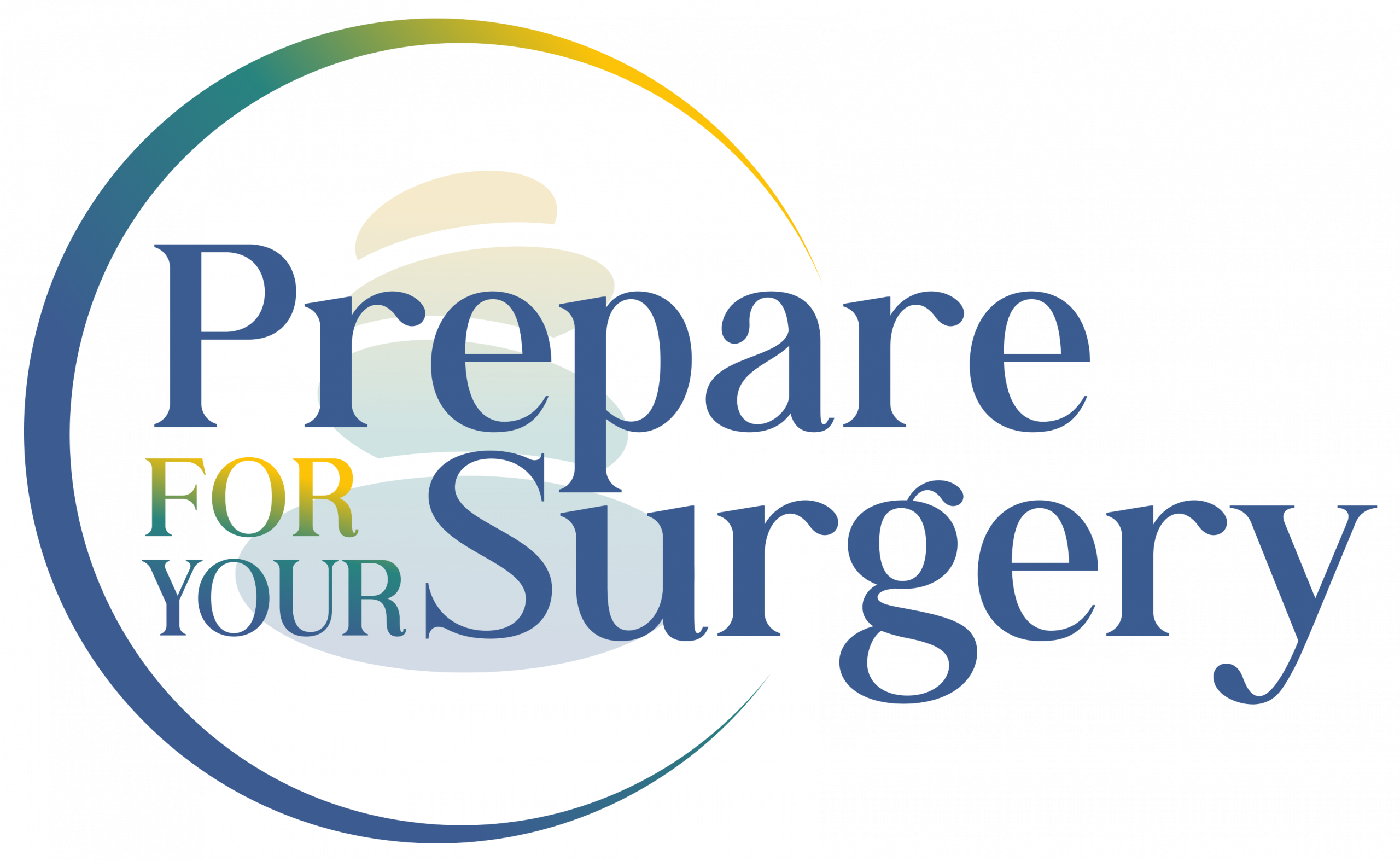It’s Simple — Start Where You Are.
Start where you are, use what you have, do what you can.
Arthur Ashe
We all want to be healthy, right?
According to one survey, Americans’ most common New Year’s resolution was “living healthier.” Other health-related resolutions included losing weight, exercising, stopping smoking, and reducing drinking. Sounds familiar?
So how many people actually stick to their New Year’s resolutions? The answer depends on who you ask. In another survey, only 22% of respondents reported sticking to their New Year’s resolutions. But according to John Norcross, a professor of psychology who has studied and written extensively about behavior change, 40 to 44% of resolvers will be successful six months later.
So some, but not most.
There are many reasons why people make resolutions or set goals, only to fail to stick with them — insufficient time, lack of resources, and loss of motivation or interest are a few.
One simple step in goal planning will help overcome all of these common reasons for failure, and it’s the first step you should take when setting a goal you will achieve.
Start where you are.
One of the most effective goal-planning techniques in use today is the SMART goal framework. SMART is an acronym for goal setting that was first used in business, but it’s also helpful for personal goal planning. SMART stands for specific, measurable, actionable, realistic, and time-bound. Developing a SMART goal is a way of clarifying not only what you want to accomplish but also how and when you will get there.
As with many acronyms, the words each letter represents are not in any specific order. SMART goal development is not a linear process. Developing an achievable SMART goal involves a lot of tweaking and refining, and the first and most crucial step is to make it realistic.
A realistic goal takes into consideration your available time and resources. A realistic goal will keep you motivated and interested. And a realistic goal begins at the beginning — with your current state of being: starting with where you are.
Sure, you could set a goal to run a marathon, but if your current state of being is that you don’t exercise at all, then your chances of success are slim, or none.
Yes, you have to walk before you can run.
If you can’t fly, then run. If you can’t run, then walk. If you can’t walk, then crawl. But whatever you do, you have to keep moving forward.
– Martin Luther King. Jr.
Baby steps in the right direction are steps in the right direction.
Now, I don’t want to discourage you from planning to run a marathon. I want to discourage you from setting yourself up to get discouraged! Taking into account where you are will significantly improve your chances of success, and that’s the goal of goal-setting.
You can even achieve that big goal of going from zero to 26.2 miles, but it will take completing a series of small goals to get you there.
There are two elements to this first step that will help you make a goal realistic and set you up for success.
Make your goal small, but not too small.
Let’s say you want to exercise more. Your SMART goal needs to be specific, and by taking into account how much exercise you do now, you can determine how much more means.
Suppose you currently don’t exercise at all. In that case, your ‘more’ might be something like: “I will walk after work for five minutes on Mondays, Wednesdays, and Fridays” (This is an example of a SMART goal — specific, measurable, actionable, realistic, and time-based.) Or maybe: “I will do ten bicep curls with three-pound weights every morning before breakfast.”
Or you currently exercise but want to increase the length and consistency of your workouts. If your current routine is that you go to the gym for 30 minutes every Monday and Friday, your goal might be: “I will go to the gym for at least 40 minutes every Monday, Wednesday, and Friday.”
Baby steps.
There are reasons why you currently don’t exercise or only make it to the gym two days a week but not three. Whatever those reasons are, they aren’t going to go away magically. By keeping your goal small, you can more easily identify and overcome any obstacles to goal attainment that might be getting in your way.
But conversely, you do want to get some benefit. You could walk for one minute, but that won’t be enough to benefit you and could even make you feel worse. You are likely to only stay with it if you feel like you’re making progress. Finding the sweet spot for how big or small your goal should be might take some experimentation and revision, and that’s just part of the process.
Make your goal challenging, but not too challenging.
The best goals are also a little bit challenging. This makes the goal interesting and spurs motivation when you succeed.
James Clear calls this “The Goldilocks Rule:”
The Goldilocks Rule states that humans experience peak motivation when working on tasks that are right on the edge of their current abilities. Not too hard. Not too easy. Just right.
Making your goal a little challenging is another sweet spot you want to find in your goal planning: it shouldn’t be too easy, but it also shouldn’t be too hard. Too easy will quickly get boring and won’t be fulfilling. Too hard will be, well, too hard — you’ll give up, and that will be the end of it.
Let’s use an example of improving your diet. Let’s say you want to eat more plant-based meals. Assuming you plan to cook these meals, you will need to learn some new recipes. You could make this goal small: “I will prepare one plant-based meal once a week.” But if you use the same recipe or ingredients every week, that would quickly get boring. So to make this goal a bit more interesting, you might say, “I will find a new plant-based recipe with at least one new ingredient to prepare once a week.”
To improve is to change; to be perfect is to change often.
– Winston Churchill
The next step is just as simple as the first.
Once you’ve achieved that small and just-right goal, you might ask: what’s next? Depending on where you started, that may be it for you. But most likely, you have a bigger overall goal in mind — that marathon, working out every day, or eating healthy at every meal.
Or you might experience the phenomenon of hitting a plateau. Plateauing is particularly common with exercise and weight loss goals — as your body gets used to the current demands of your workout routine or caloric intake, you experience a loss of progress.
If you want to keep improving or progressing, the next step is the same as the first: start where you are. Only now you are somewhere other than where you were before. Each step you’ve taken to achieve your goal has led to a new destination: a new you.
You’re still somewhere new even if you didn’t meet your goal. You’ve learned something in the process — what doesn’t work, so let that be a lesson and use that knowledge to start anew.
Take a moment to look back, see how far you’ve come, and celebrate yourself for what you’ve accomplished, even if that means finding out what doesn’t work for you.
And like the poem says, just keep a-goin!
When it looks like all is up,
Keep a-goin’!
Drain the sweetness from the cup,
Keep a-goin’!
See the wild birds on the wing,
Hear the bells that sweetly ring,
When you feel like sighin’ sing —
Keep a-goin’!
– Frank Lebby Stanton
Consider health and wellness coaching if you would like some help setting and achieving your health improvement goals.
Health and wellness coaching is a process that empowers and supports you in playing an active role in achieving your health-related goals. Integrative health and wellness coaching takes into account the four domains of wellness — Mental, Physical, Spiritual, and Social — addressing and improving the quality and quantity of your whole life.
I provide integrative health and wellness coaching services through my website Welloverall. My coaching services are affordable and tailored to meet your needs and lifestyle — starting with where you are.
Happy New Year, and Be Well!

